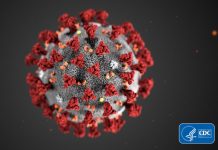
NEW YORK, May 27 (UPI) — A new study answers the question: Why are robin eggs blue? The answer: sun protection.
According to new research, the light blue-green color of bird eggs helps facilitate just the right amount of light absorption — and thus, the right temperature without overexposure.
Scientists David Lahti of the City University of New York and Dan Ardia of Franklin and Marshall College hypothesized that a light blue tint would allow the eggs to warm without overheating. Their experiments confirmed the theory.
Darker eggs were able to better protect the insides for potentially harmful UV radiation, but they also absorbed more light, creating an internal temperature that was too hot for baby bird incubation.
An egg with a dark tint might be especially dangerous in places like the tropics, where the sun is strong and rarely shielded by clouds. On the other hand, an egg too lightly colored may let in too much UV radiation and not warm enough.
According to a news release: “These two patterns — termed by the authors ‘pigment as parasol’ and the ‘dark car effect’ — combined with a knowledge of the nesting behavior and habitats of birds, can lead to predictions as to why the eggs of some birds vary across species from blue to white.”
The findings were published in the journal The American Naturalist.
Researchers say the evolution of most dull-colored and speckled eggs are likely driven by the need to camouflage them from predators. For brightly colored eggs, however, the sun is the inspiration.





